 CHARACTER & SETTING
CHARACTER & SETTING
ADAPTABLE CHARACTER
In 1904-06, there was extreme contrast between the highly developed east of America, the midwest, and the newly emerging western population centers.
Doty’s character needs to be flexible to meet the demands of different employers, who may be using the ensemble to represent something different in each venue.
Doty has decided that her character would be familiar with America’s largest to most remote regions and communites; she would have a sort of “merging” of cultures from urban to rural. The character would represent a woman who had ties to the big cities of the east, perhaps through family living there, growing up there until adulthood, or who visited there often for work.
She would possibly travel through, or visit smaller cities and large towns; again with work (as a suffragette, reporter, activist, or similar – see “Notable Women” section on this website) or visiting family. She might be a doctor, nurse, or other approved profession for women of the time.
It might be that the character chose to end up in a place like Cody, Wyoming, opening and operating a business such as a newspaper or ranch, or managing an organization or affairs (see “Caroline Lockhart” character development for similar real life stories).
Perhaps it was all done reverse of the above scenario: born in the west the child of pioneers, traveling east on the train to make her way, and ending in the big cities. Regardless of the enactment, the character is to be developed with a full knowledge of the many cultures and environments of the quickly changing United States of the time. As with the actual design drawing from four basic fashion design concepts (high fashion Belle Epoque, classic Edwardian, Art Nouveau, working & sport women), we add to that modification for western apparel, and possibly performance arts as with American notable women of the time (such as artist, singing, photography, architecture, etc.) which would also explain the extensive travel and knowledge of the vast United States.
That leaves the design wide open to interpretation.
CHANGING ENVIRONMENTS
As per the Edwardian Era historical analysis on this website, urban cities were industrializing at an amazing speed due to innovation and invention. Notably, electricity, the automobile, telephone, subways, and indoor plumbing had changed urban America forever.
Special events such as the World’s Fair in St. Louis, Missouri and the fire of Baltimore in 1904 opened the eyes of people of all status and locations to new technology and the dangers incurred.
Big city life:
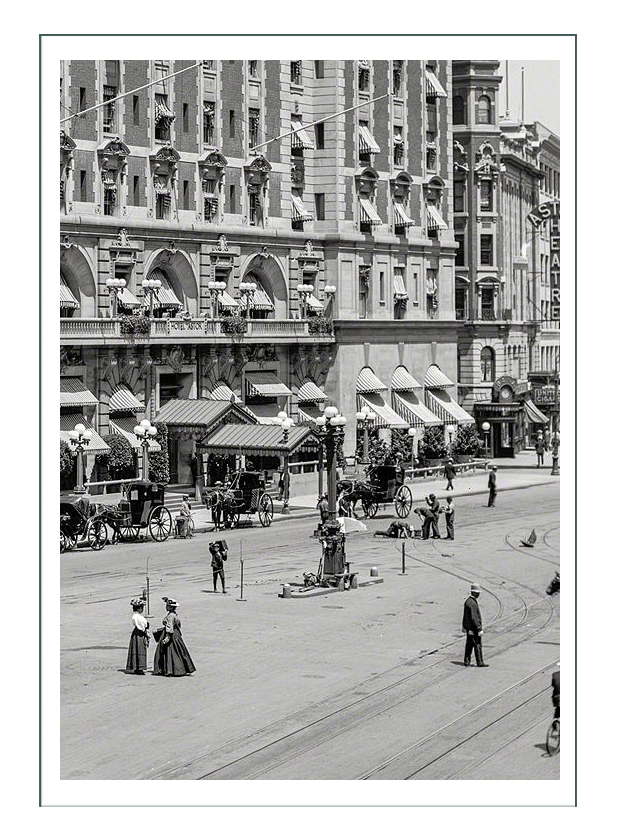

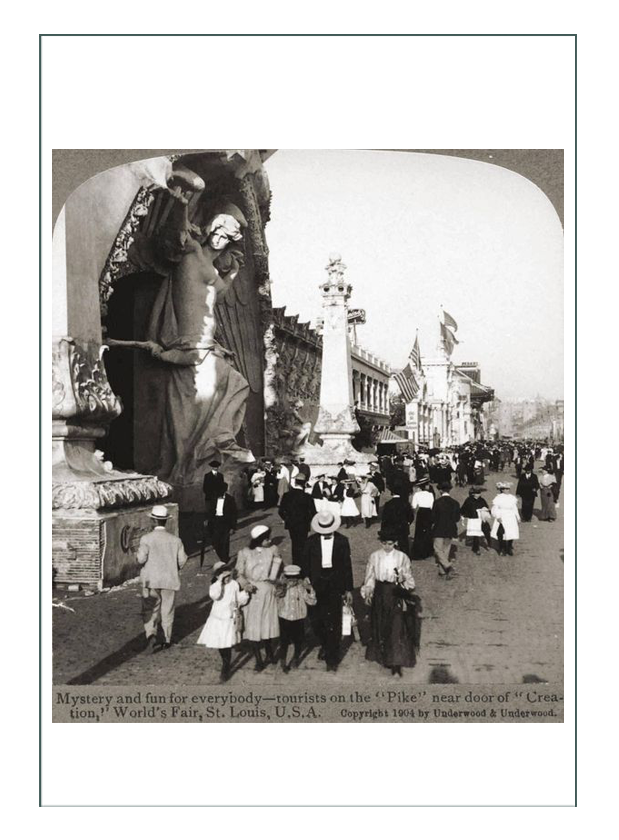
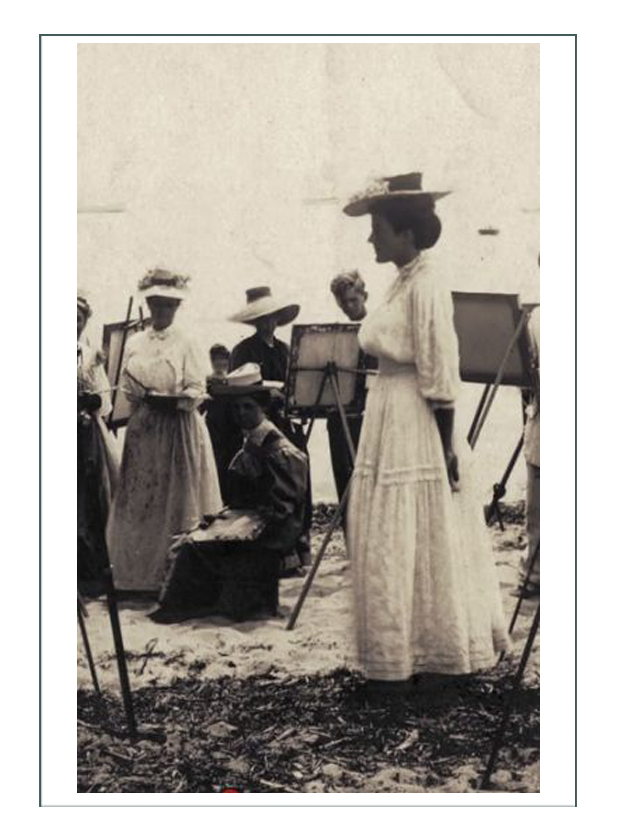
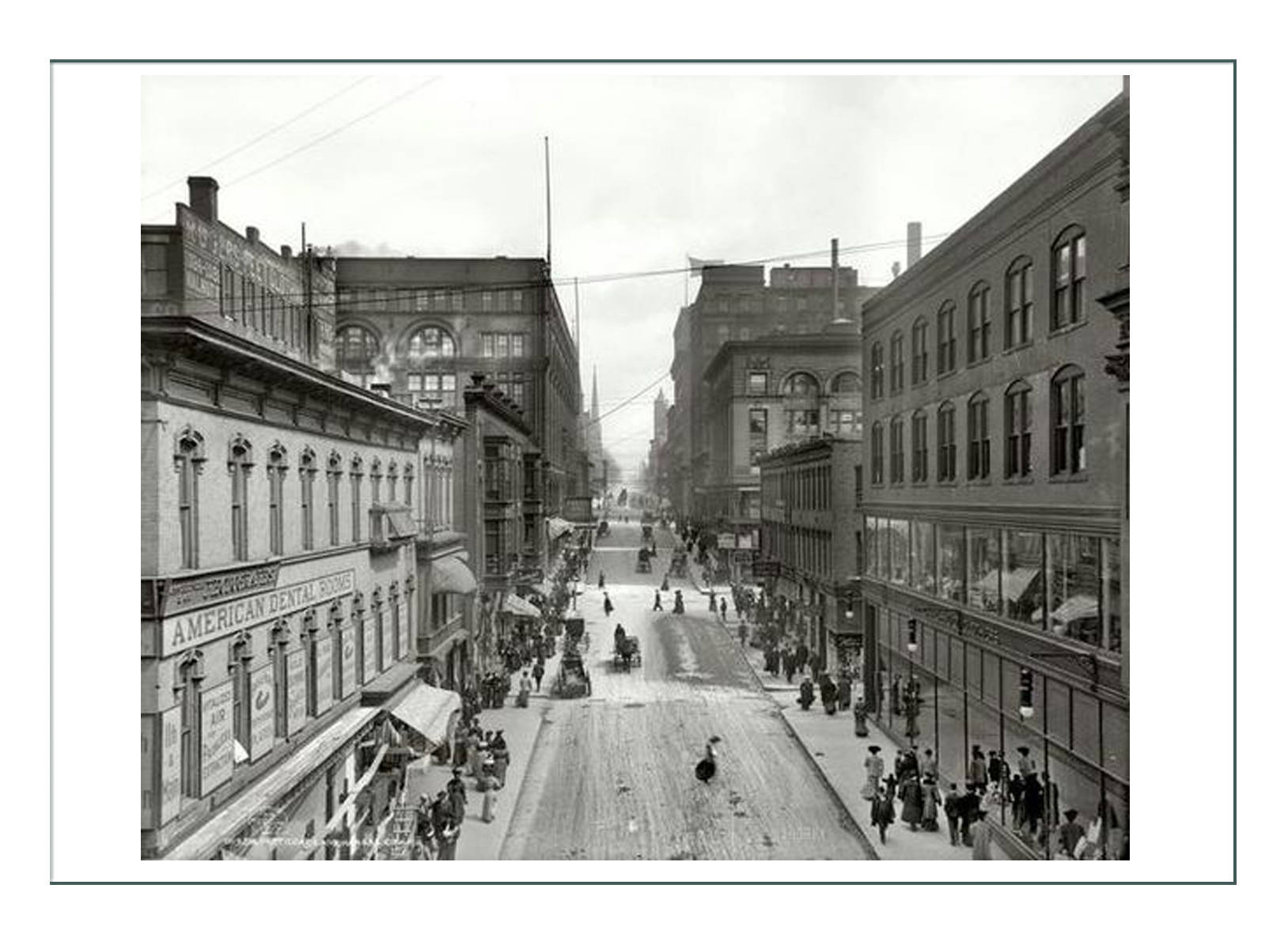
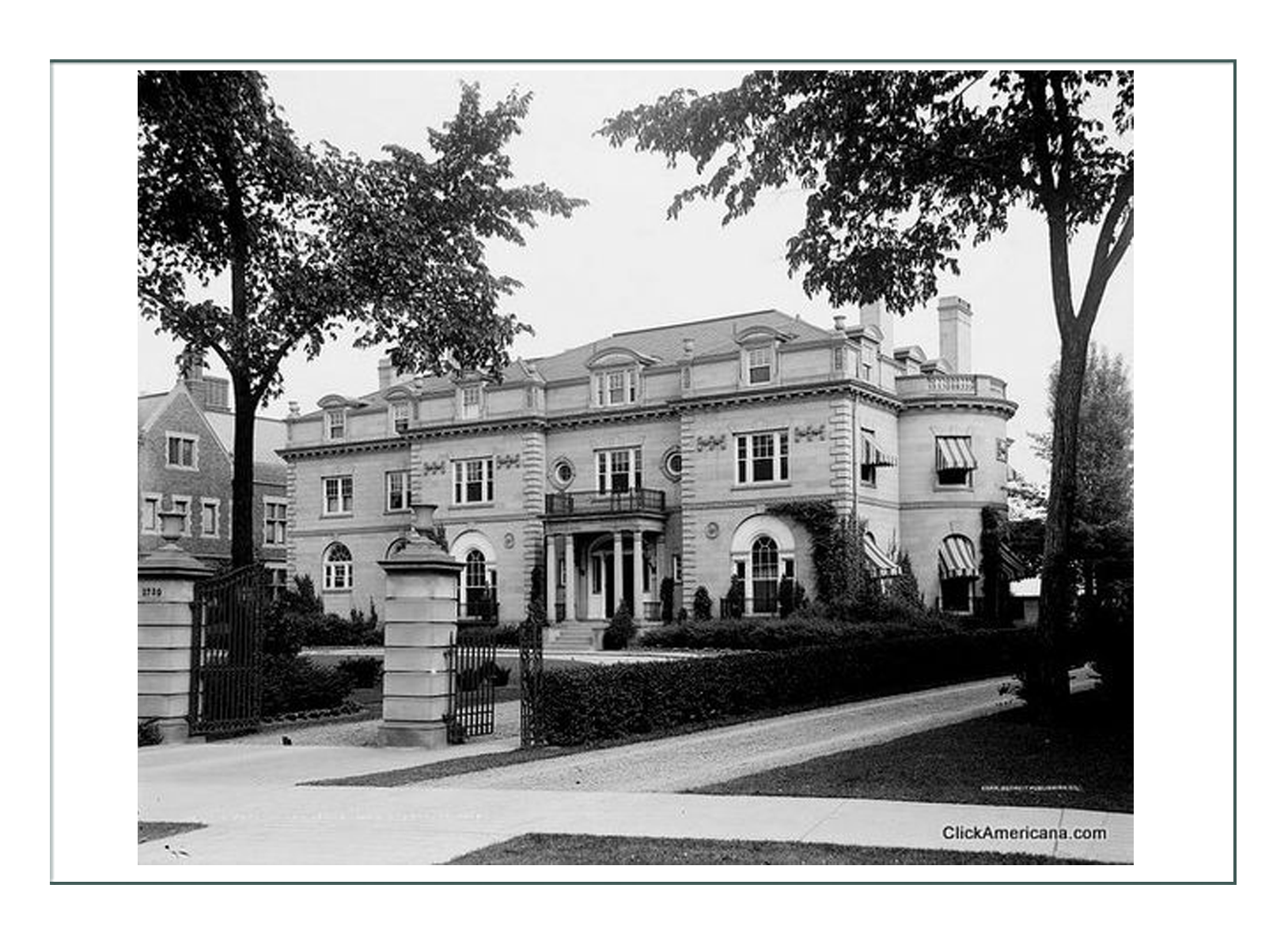
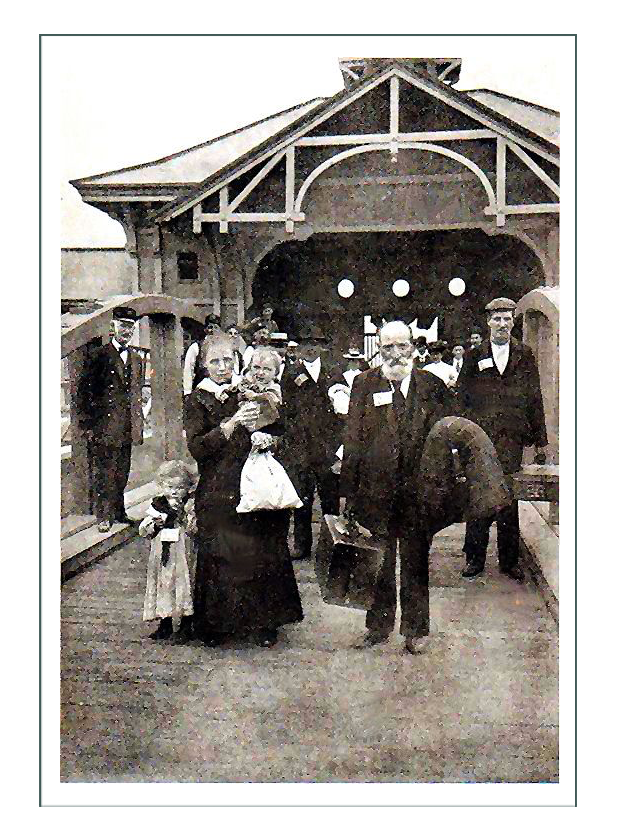
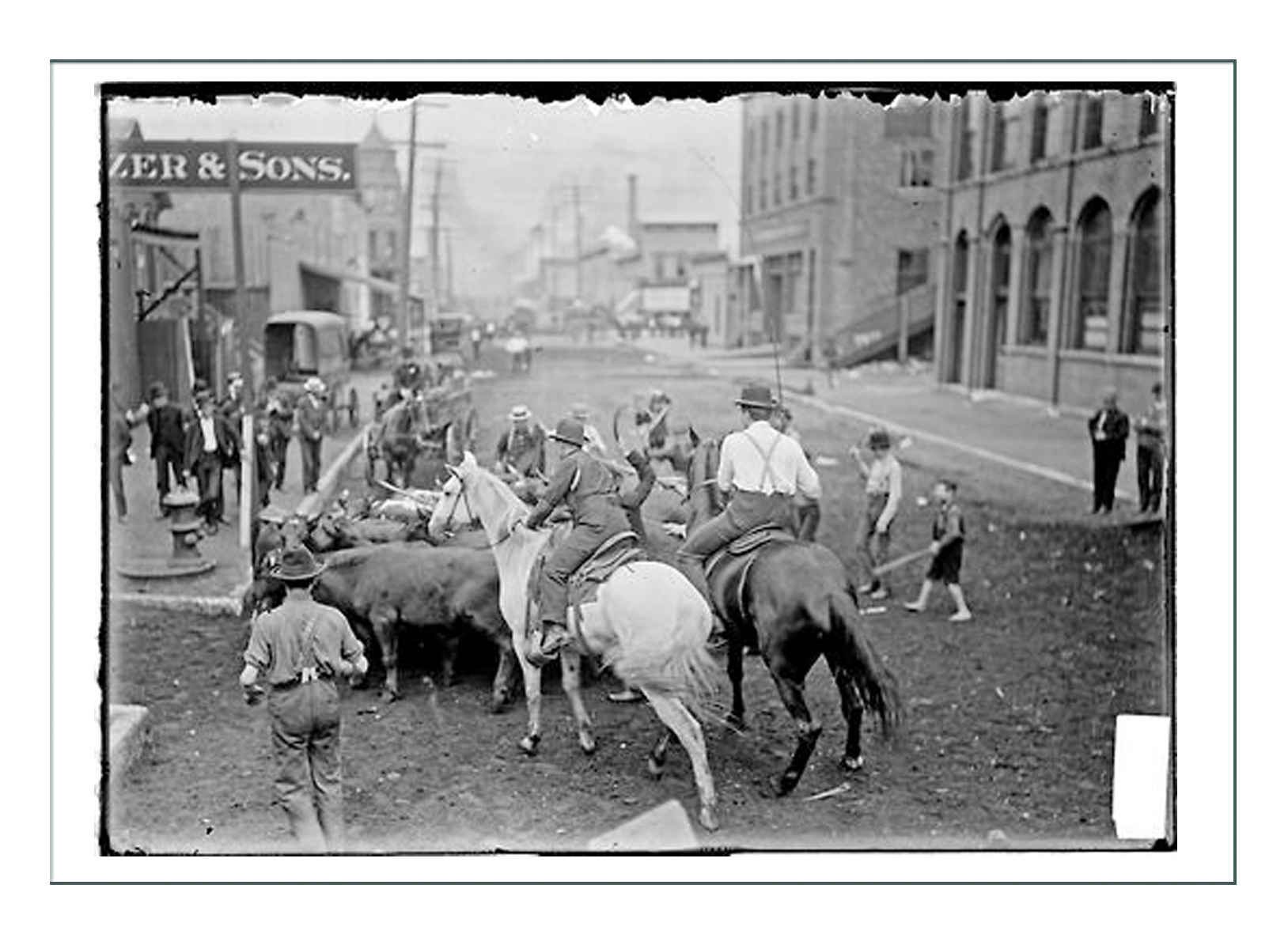
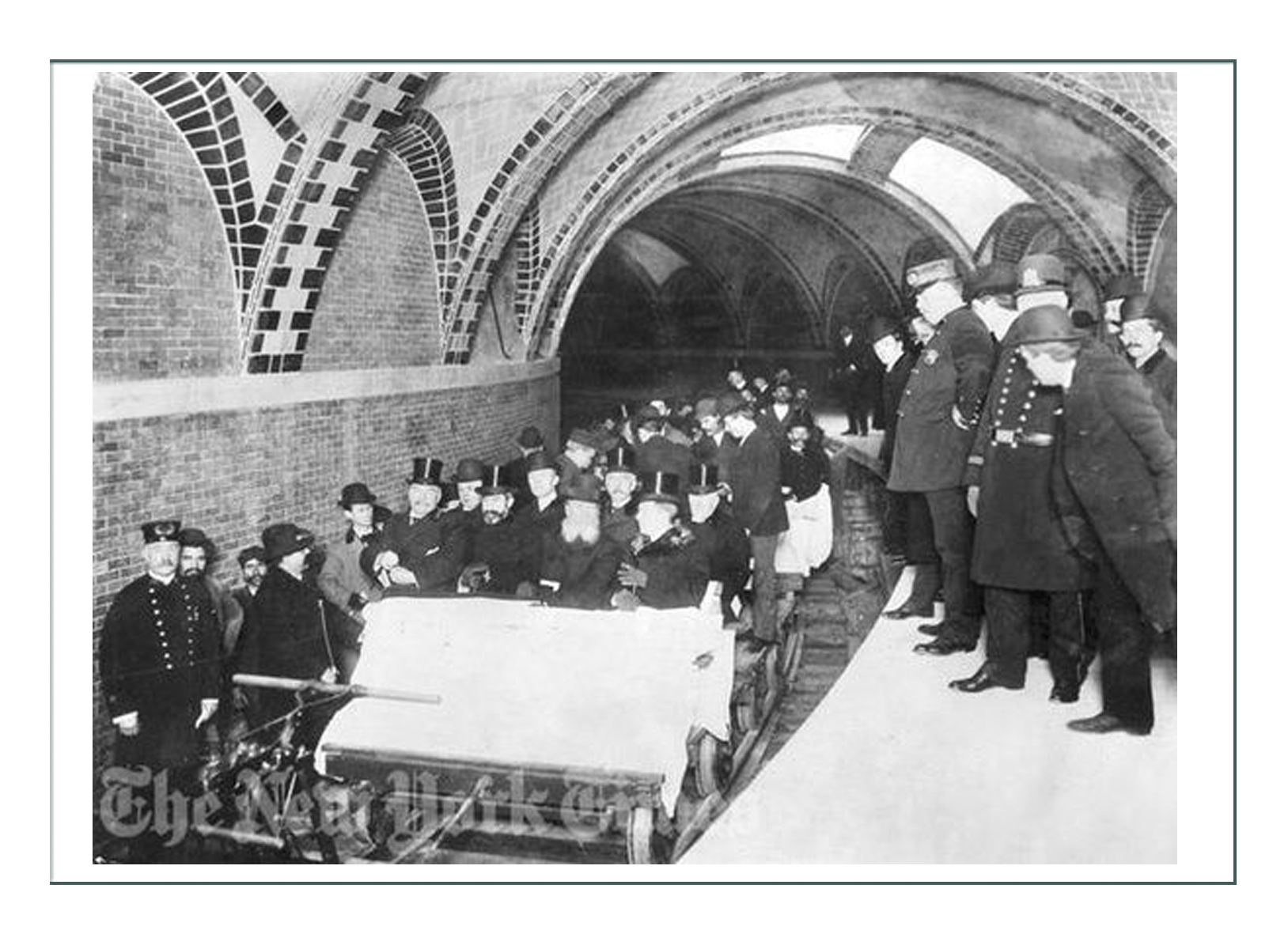
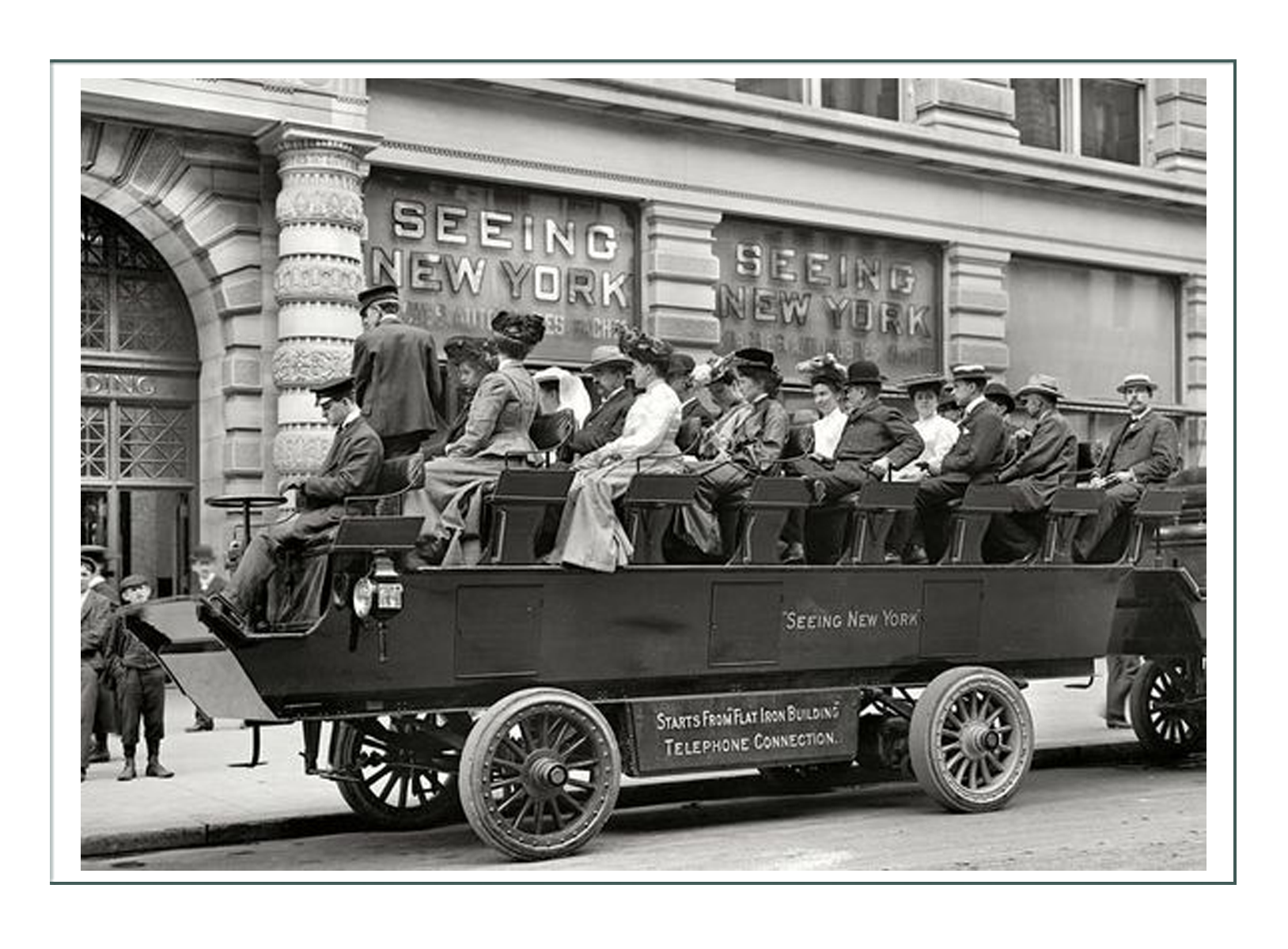
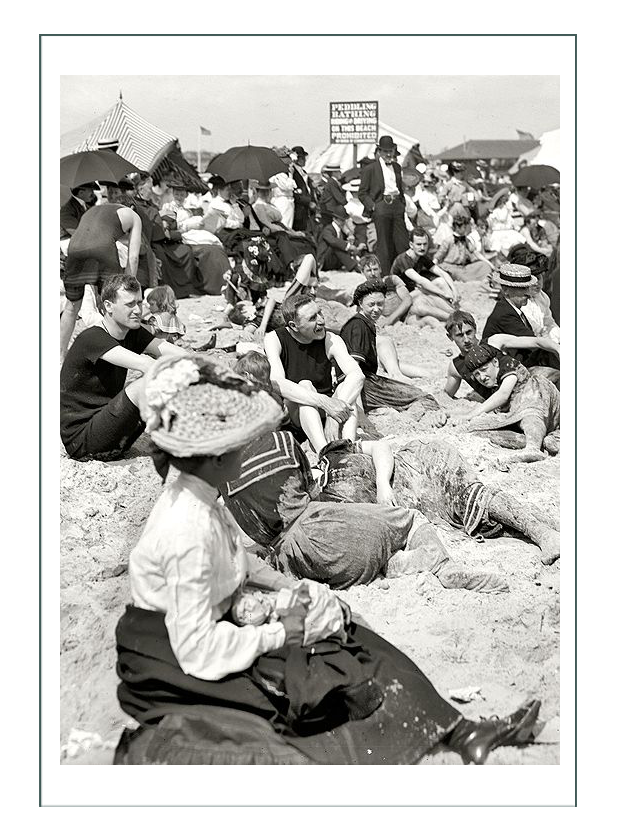
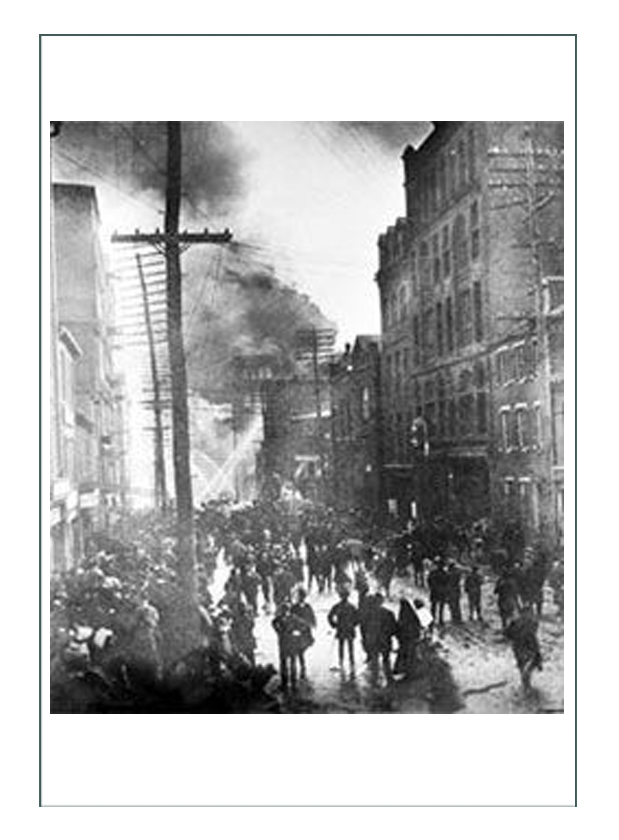
Vibrant Small Cities:
America in 1904 seemed to start with the east coast as highly urbanized, industrialized, “sophisticated”, and developed. Along with the population movement westward, so seemed to be the extent to which cities and towns were “modernized”.
Midwestern industrial centers such as Dayton, Ohio, St. Louis, Missouri, Milwaukee, Wisconsin, and Chicago, Illinois were by the turn of the century highly developed and could be considered “big cities” with amenities (and pitfalls) similar to New York, NY, Baltimore, MD, or other powerhouses of the time.
Other cities such as Billings, MT and Salt Lake City, Utah, while extensive and providing services (thanks to the connection of east to west with the transcontinental railroad), remained small in scale relatively and specialized to serve their ranching, farming, or specialty product economies.
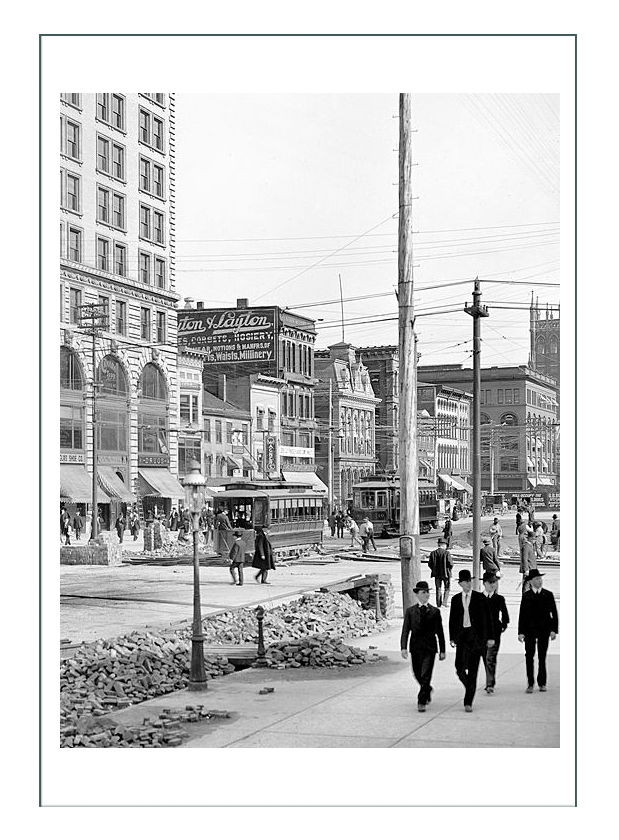
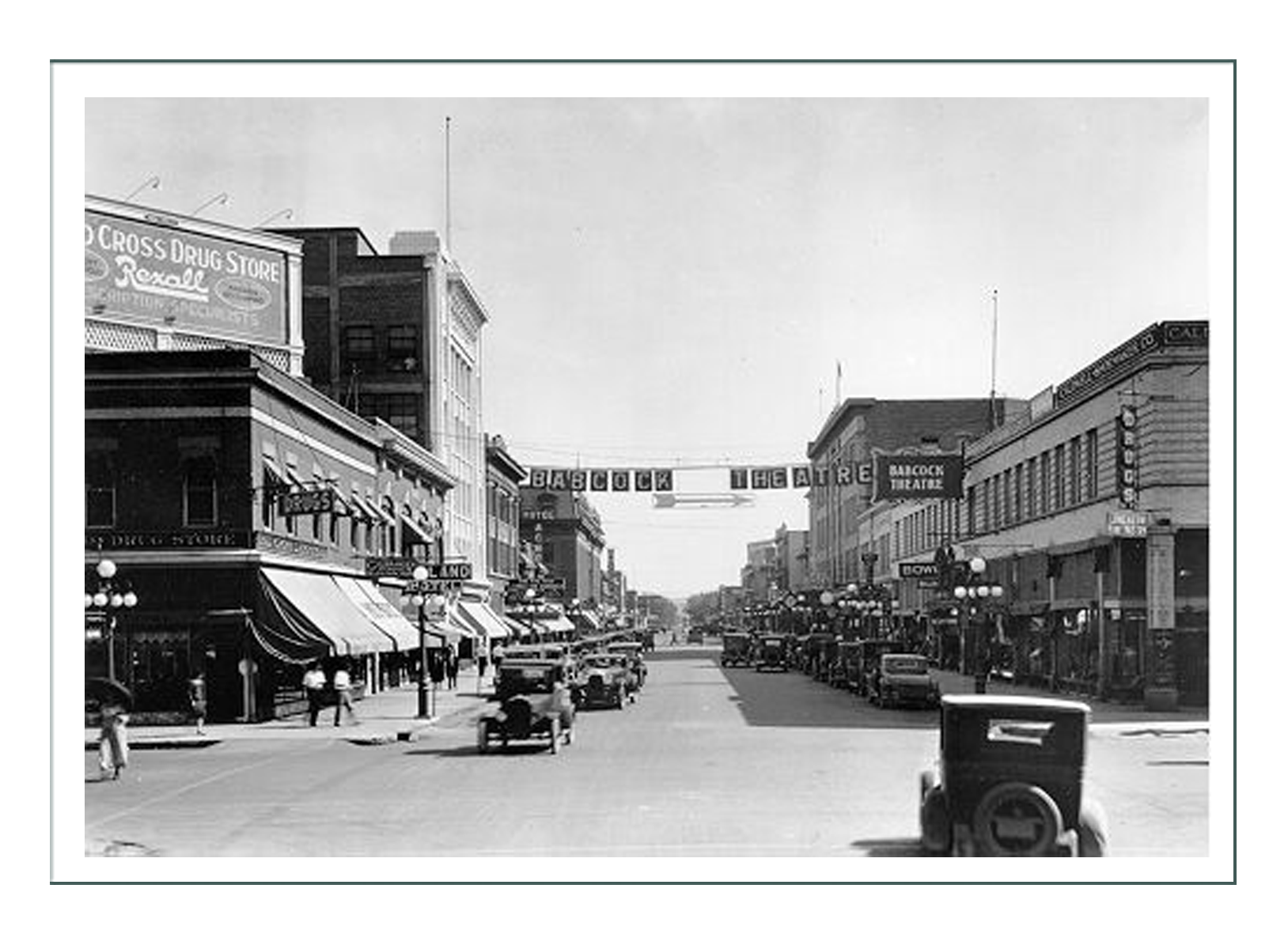
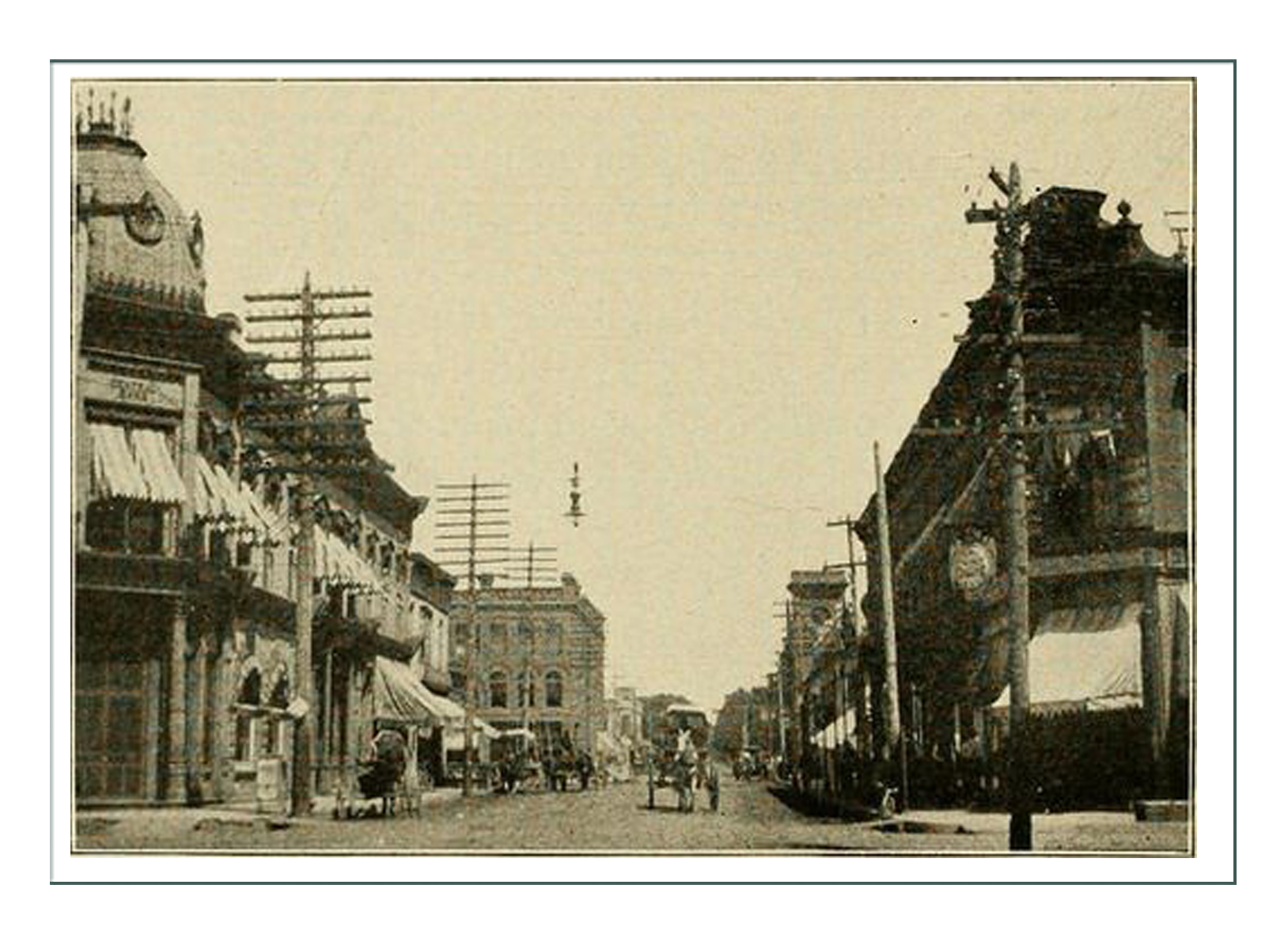
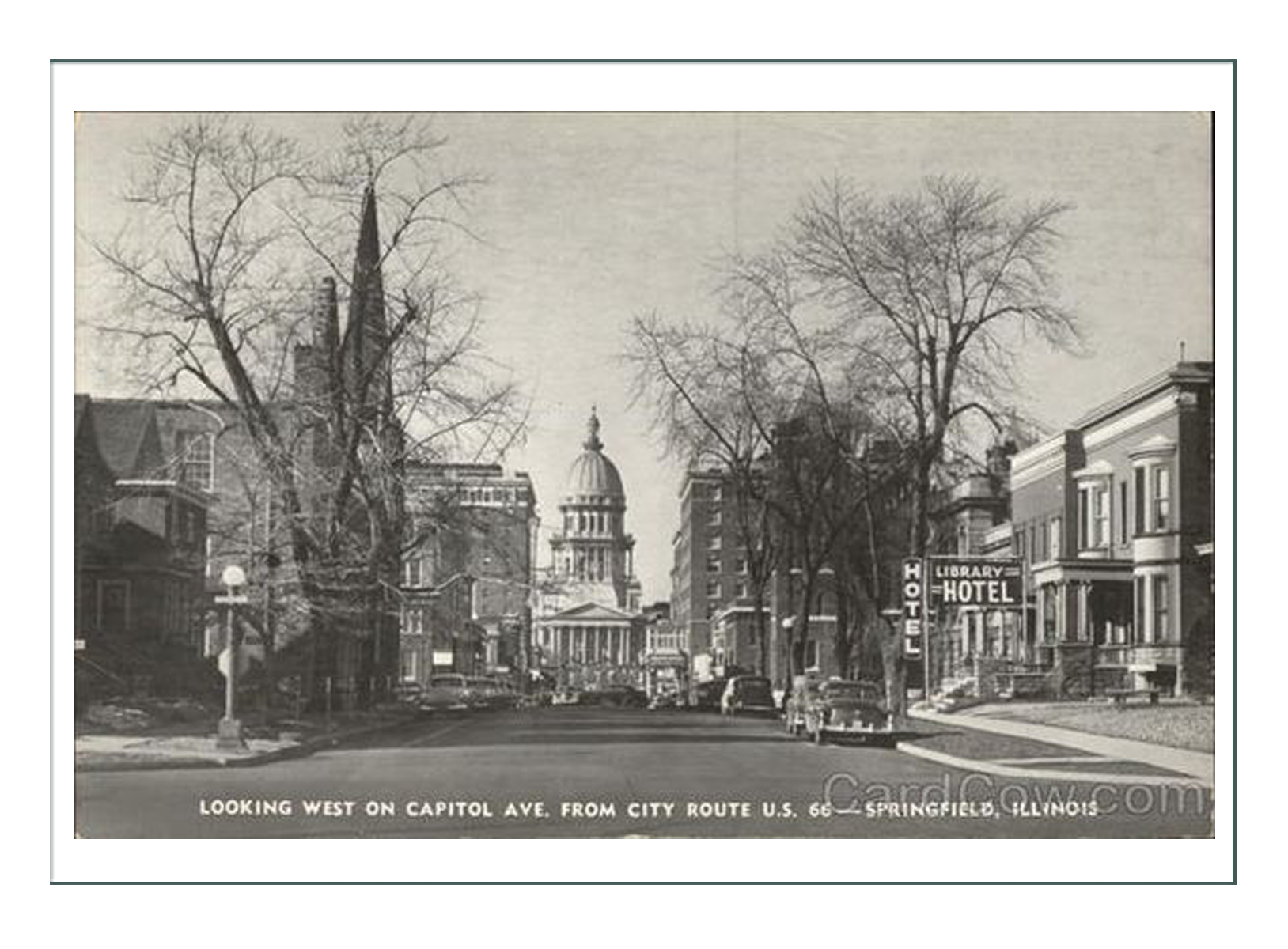
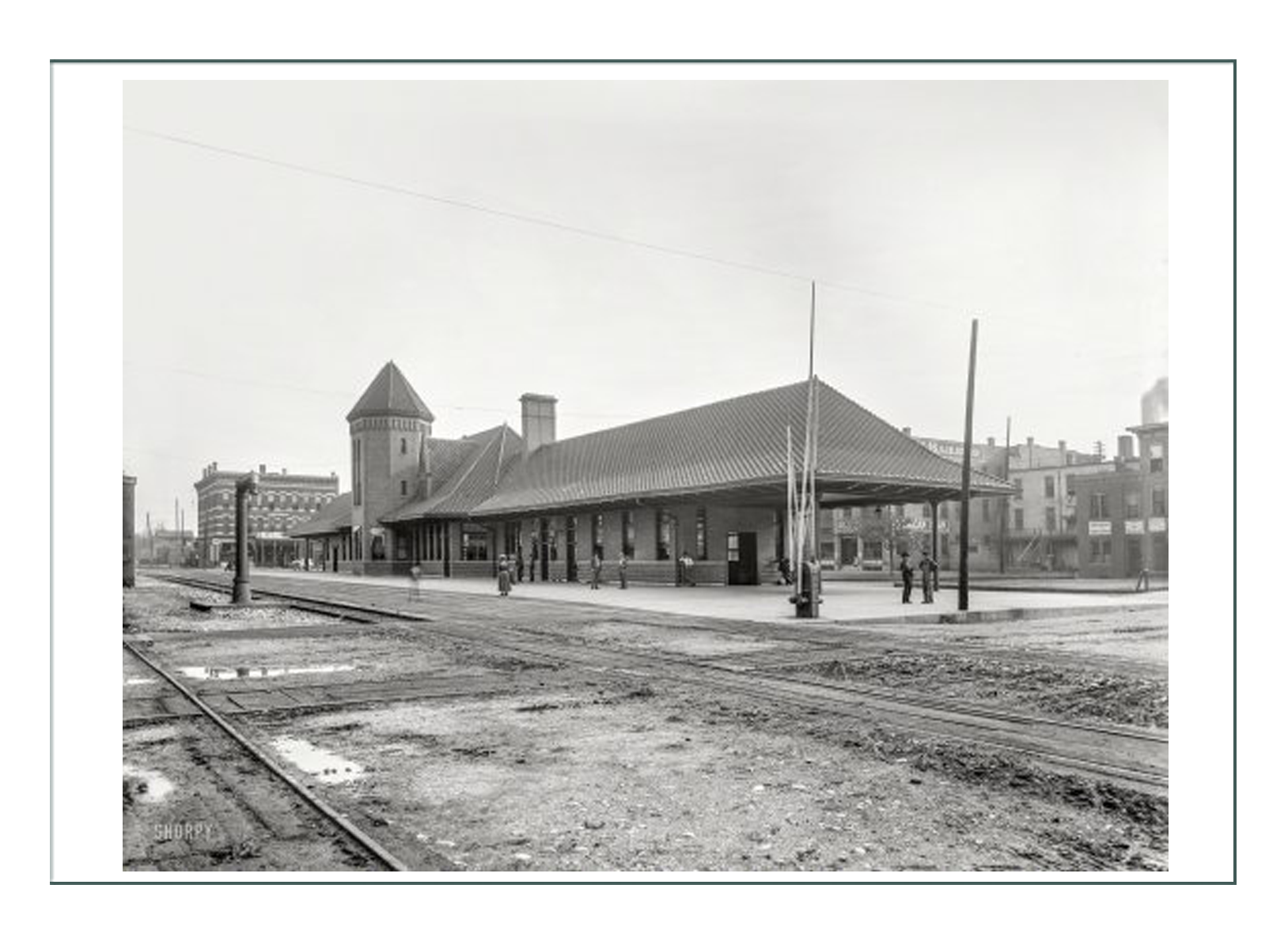
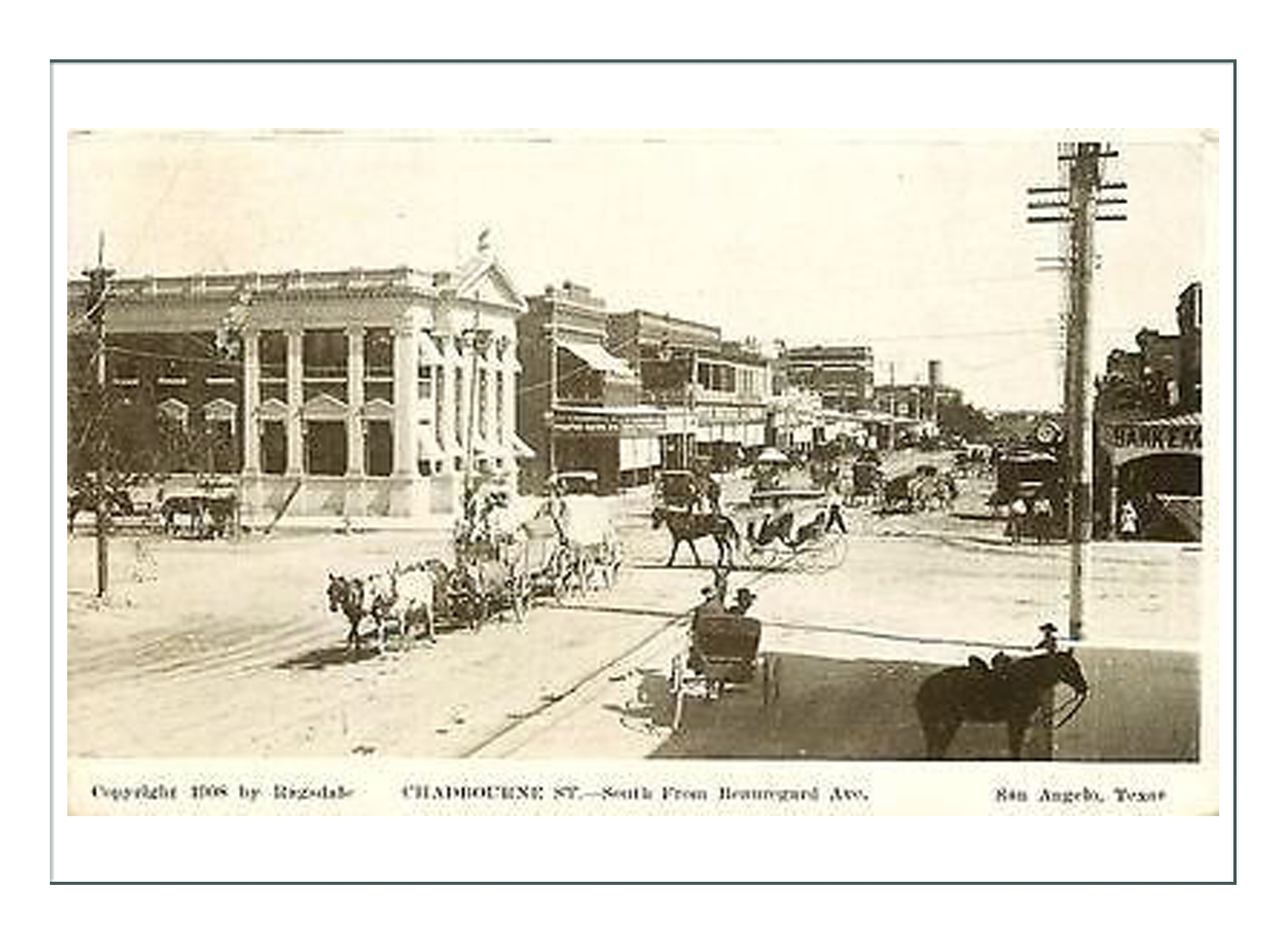
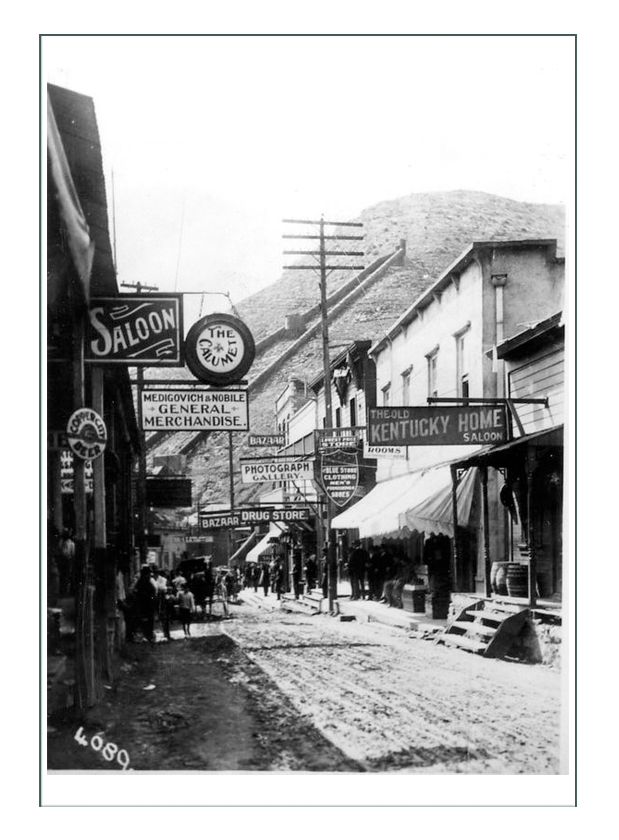
Small & Growing Towns:
At the same time New York was running subways and telephones, the far western states were at beginning stages of building. While many government centers such as Springfield, Illinois or Cheyenne, Wyoming were booming, much of the far western states such as Utah, Wyoming, Colorado, Nebraska, and Montana moved at a slower pace.
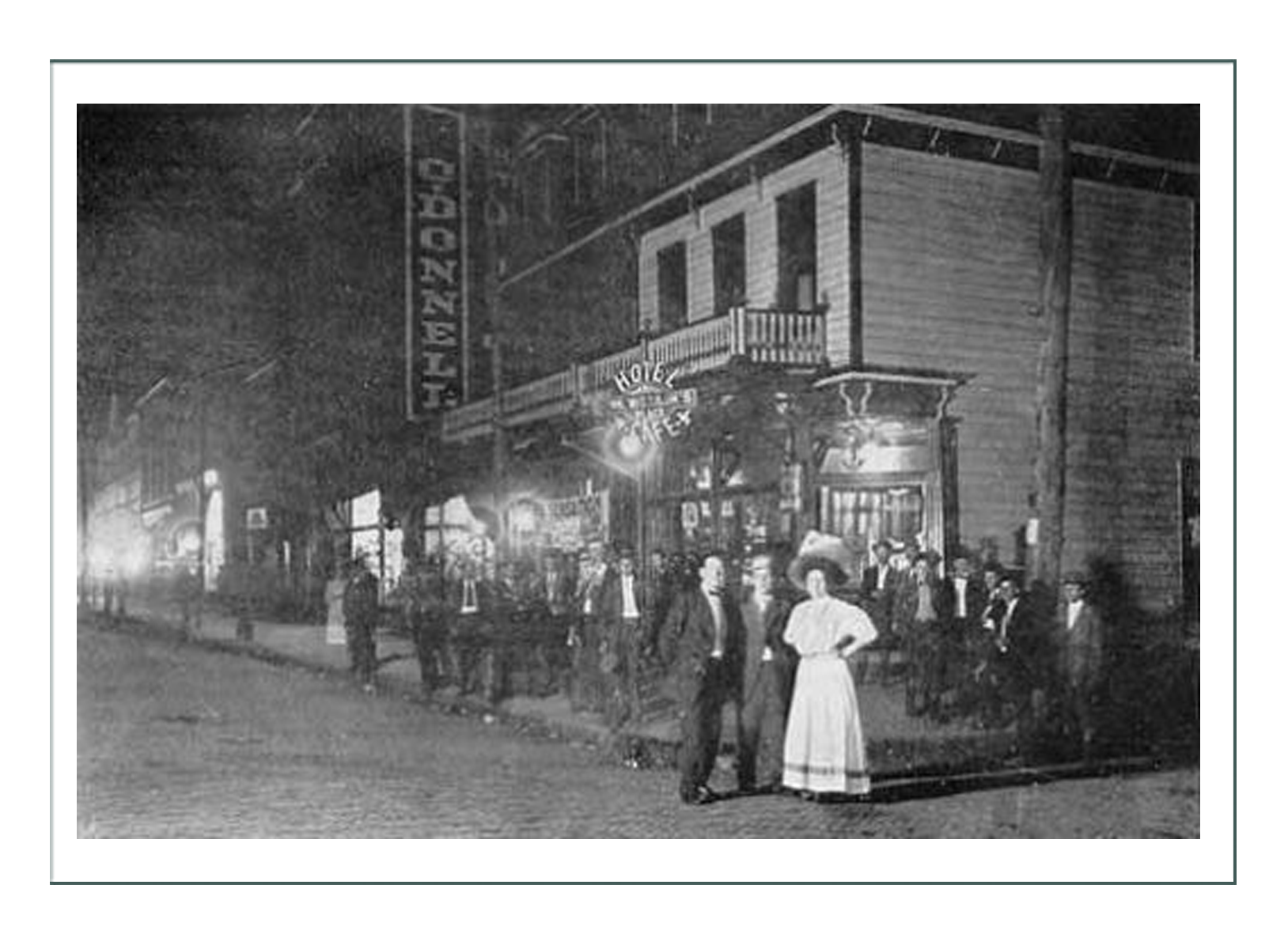
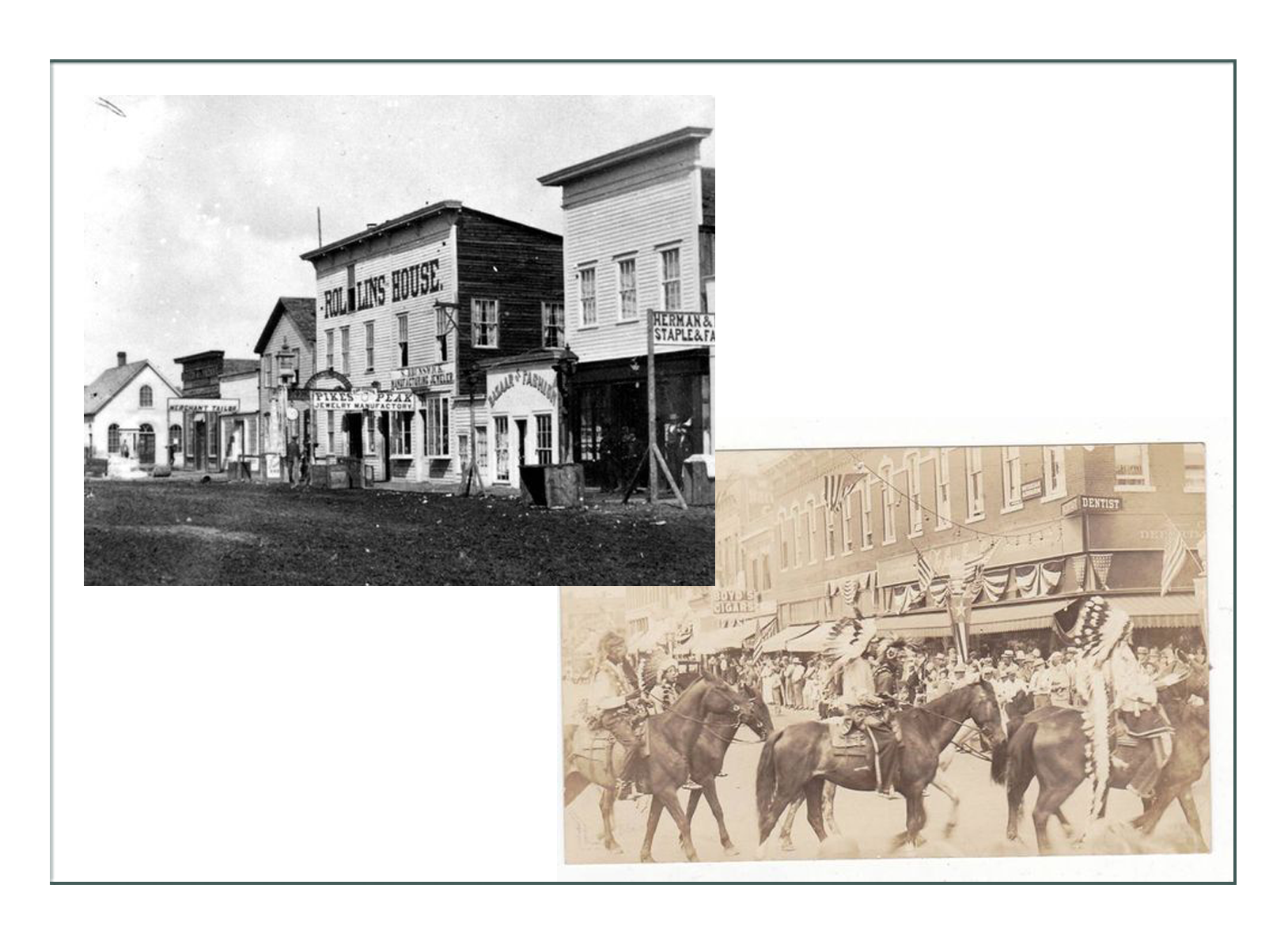
Eventually, however, they would catch up to include paved streets over the old trails, electrical power, indoor plumbing, and industrialization, although much of that would not be complete until well into the 1940’s for rural residents.
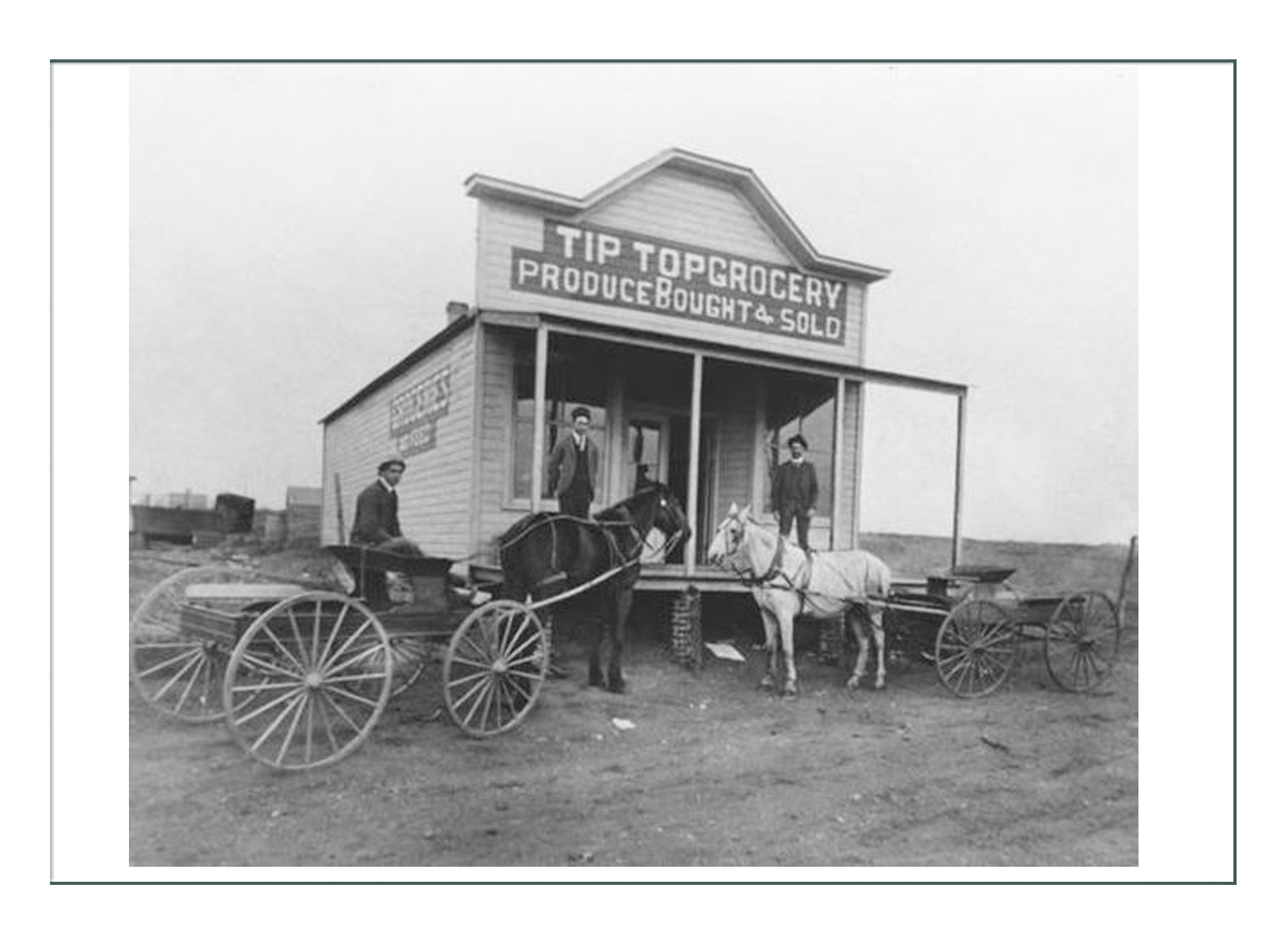
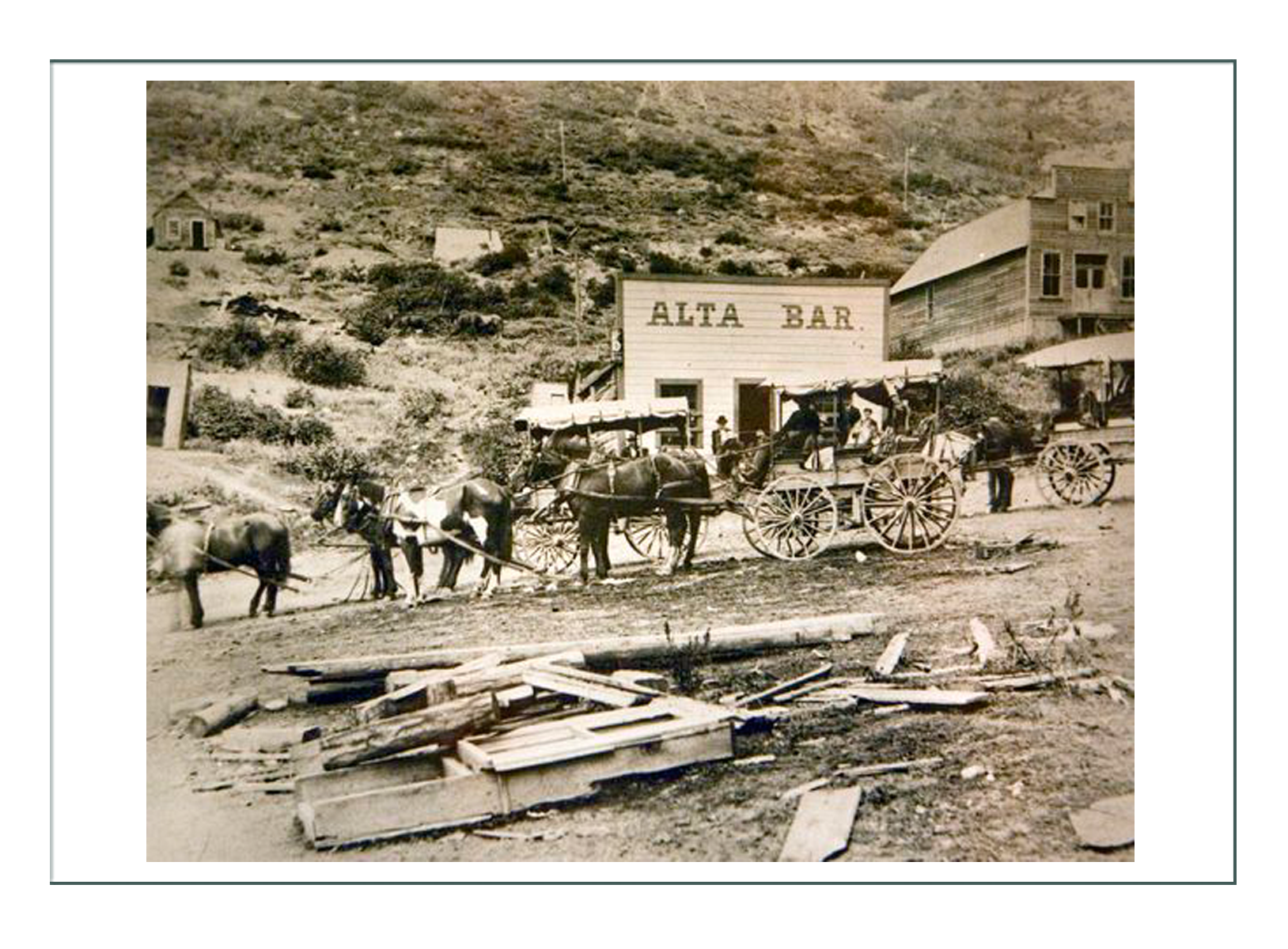
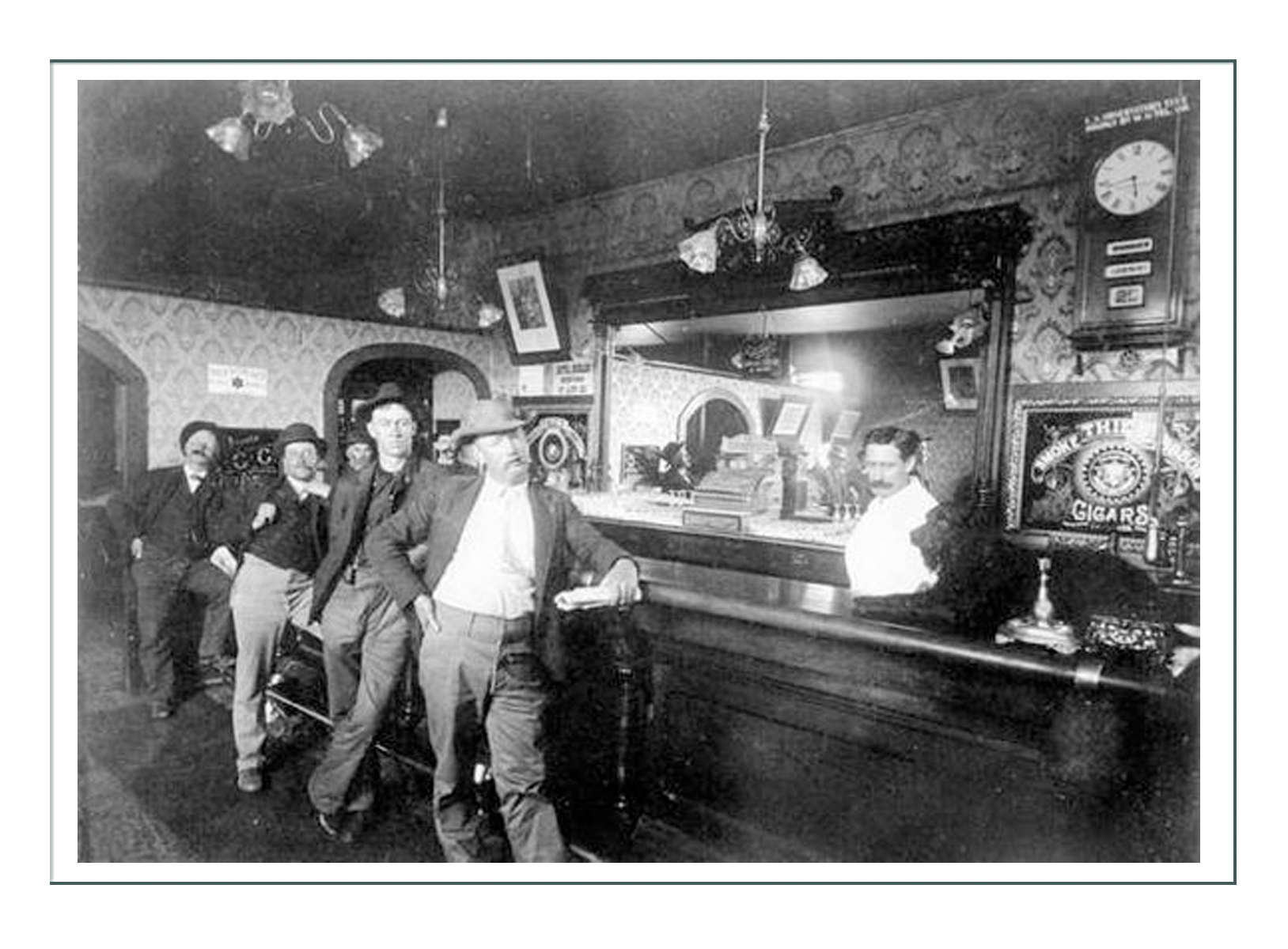
Small Cities, Small towns – Cody, Wyoming:
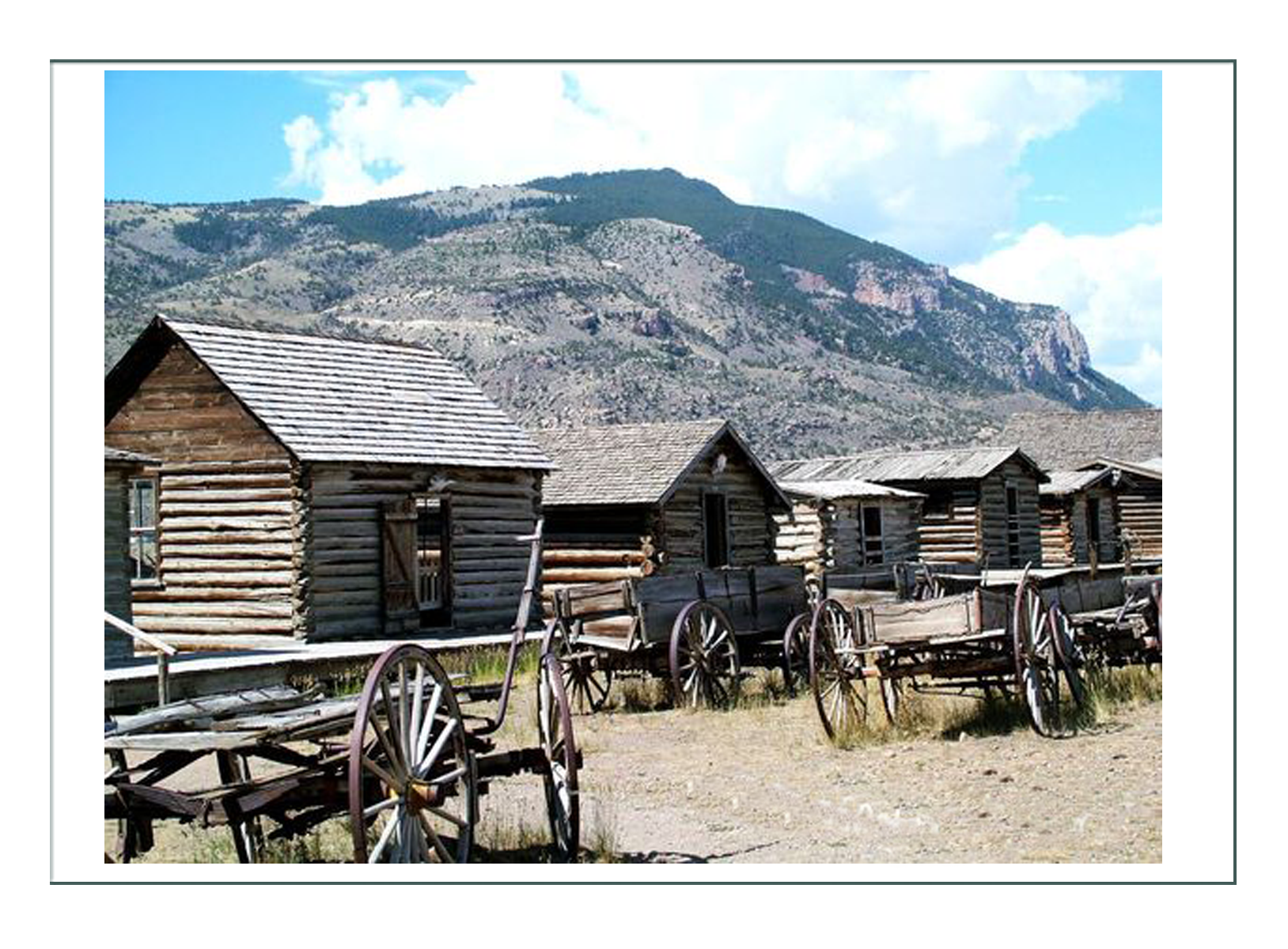
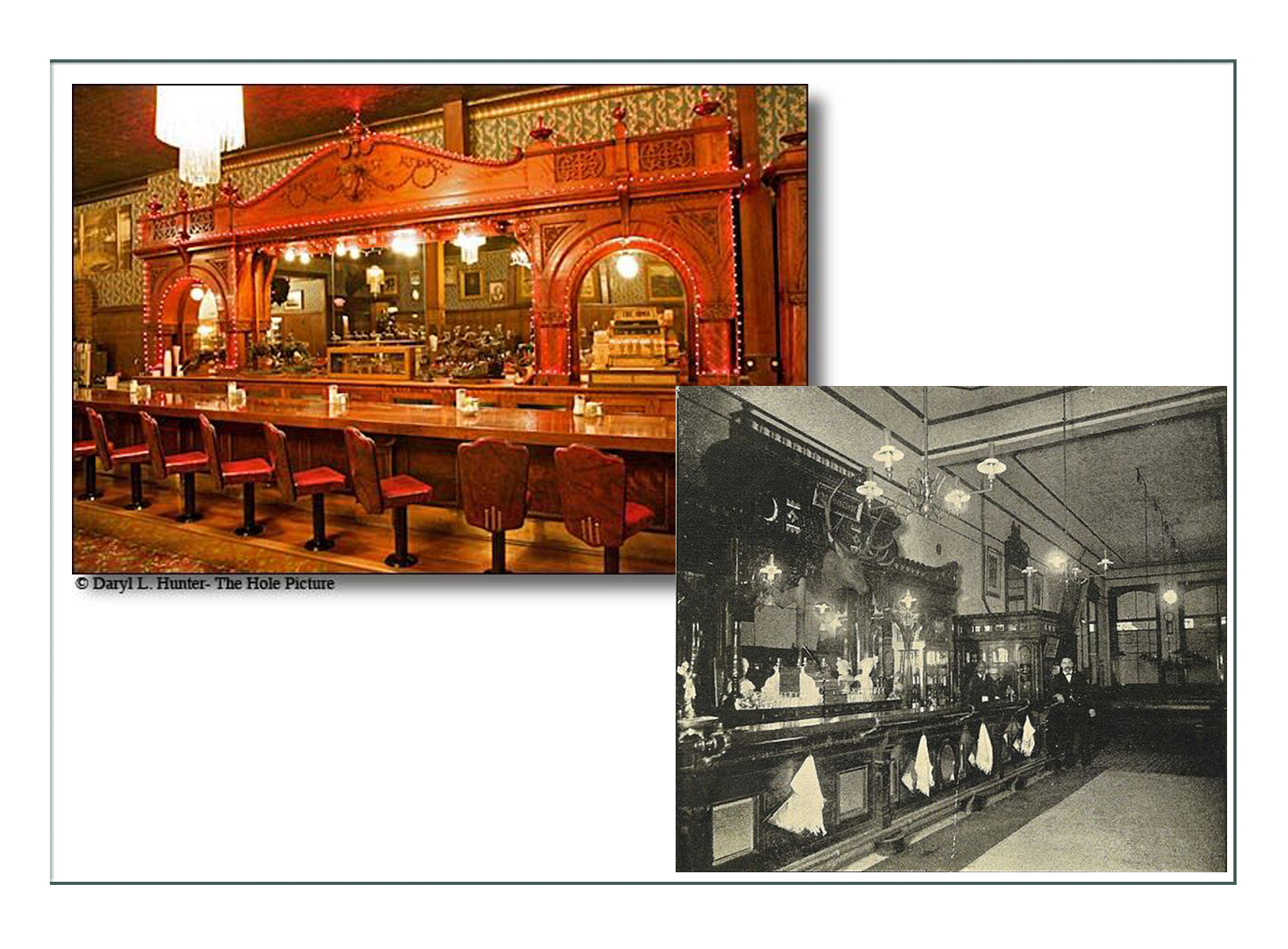
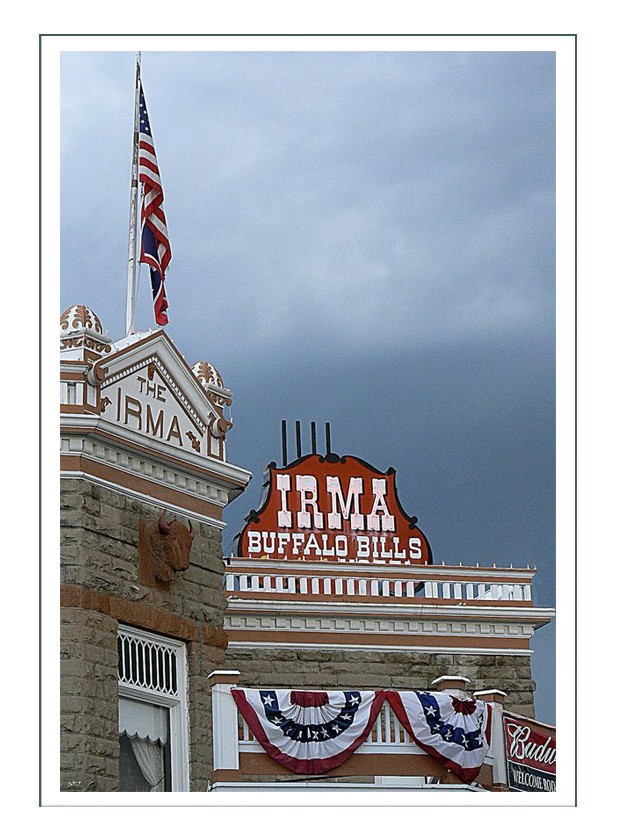
Click here to go to Doty’s Fashion Research Page (next)
Click here to go to Doty’s Design Development Page
Click here to go to Doty’s Main Page with the finished product
